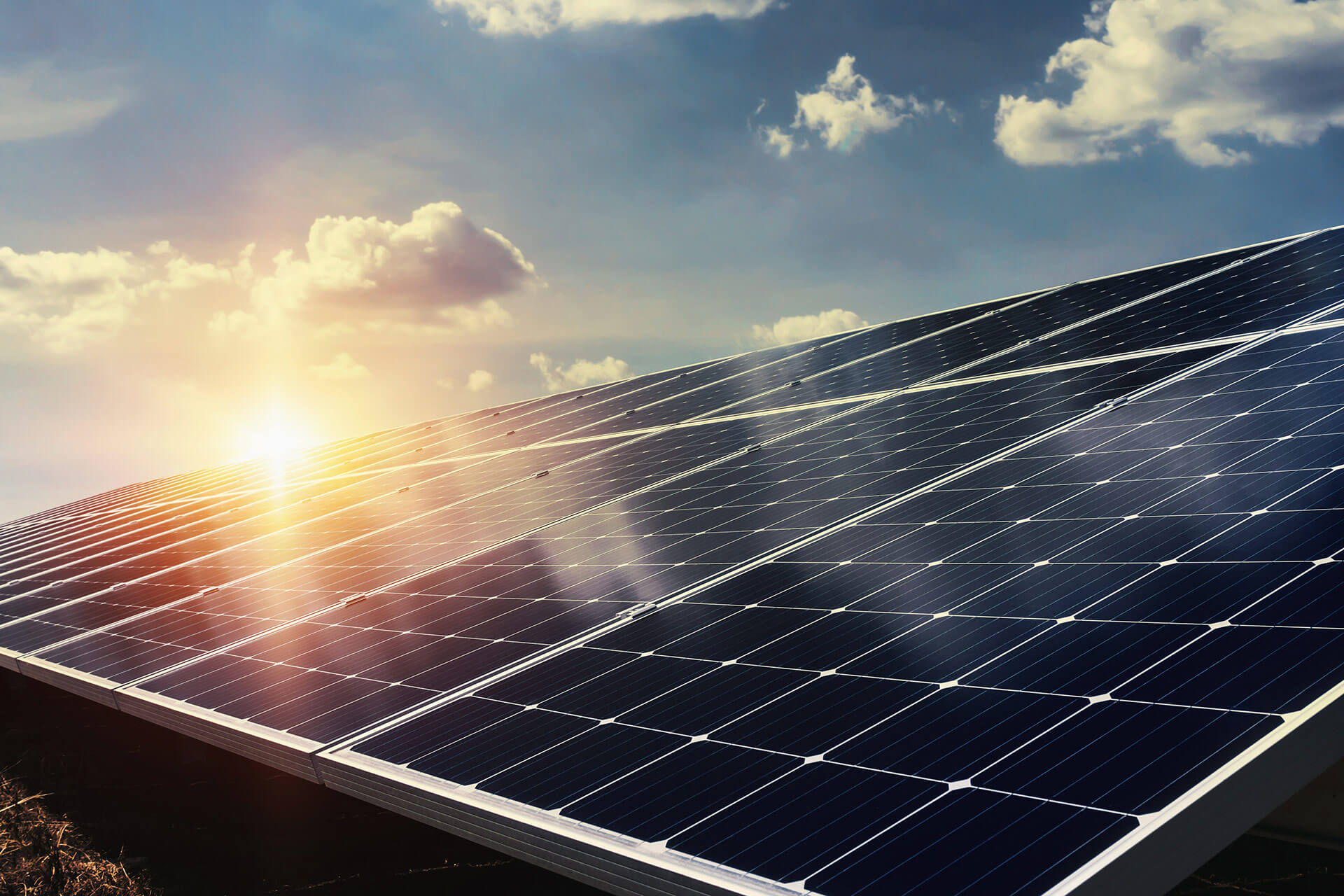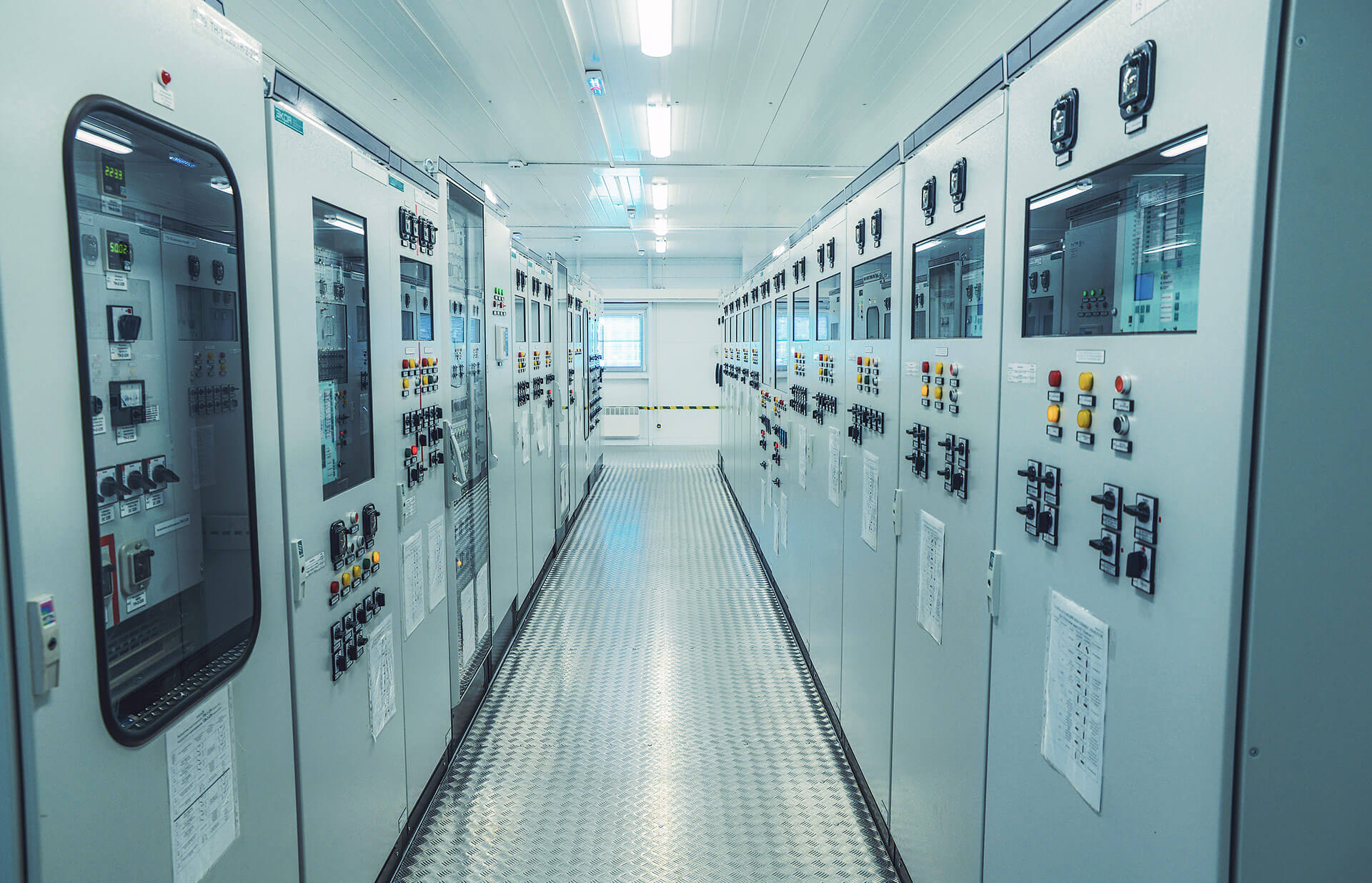What will define energy progress in buildings during the year 2024?
“In Europe, 40% of total energy consumption comes from buildings, a figure that decreases to around 31% in Spain, according to data from the Institute for Energy Diversification and Saving (IDAE).“
Although buildings have historically been a considerable source of greenhouse gas emissions, recent innovations, emerging trends and updated legislative frameworks allow these structures to become more energy efficient. As? Taking advantage of renewable energy sources and becoming crucial elements for the transition towards a more sustainable energy system.
It is important to remember that if the health area were a country, it would be the fifth largest CO2 emitter on the planet.
At the same time, hospitals consume large amounts of energy, which results in a significant impact on natural resources. Therefore, it is important to know what this year will bring us in terms of developments and trends in hospital electrical energy.

5 trends for energy progress in hospital buildings
Organizations like Eaton have already predicted what will be the fundamental trends that will define energy progress in construction throughout 2024.
1. Internal generation of renewable energy
In the European Union, around 20% of the energy produced comes from renewable sources, an encouraging figure, but still far from the goal of 42.5% established for 2030.
EU legislation aimed at achieving net-zero emissions has accelerated the need for buildings to improve their efficiency, leading them to implement internal renewable energy generation to meet these goals.
In this context, hospital centers must decisively invest in these renewable energies to be more sustainable. They are large consumers of energy, so this boost represents a before and after in the hospital electricity bill.
To execute this strategy, buildings can implement battery energy storage and management systems (known as BESS), which will significantly boost the benefits of renewable energy. These systems optimize the use of the energy produced, not only at the time of generation. In fact, adoption of these systems has increased in 2023 and is expected to continue growing, especially as the 2030 deadline approaches.

2. Greater implementation of smart energy
Many companies are investing in hardware and software to manage energy, creating smart networks or energy centers and streamlining instantaneous and calculated decision making through algorithms. All this generating significant time and cost savings.
3. Renovation of buildings to improve efficiency
75% of buildings in the EU, and especially healthcare centres, waste energy, so renovation will continue to be a relevant issue in 2024.
Improving insulation and heating systems will continue to be crucial, as will investing in renewable energy and energy management software.
Last December, the EU revised the Energy Efficiency of Buildings Directive, obliging Member States to create national renovation plans that address barriers to decarbonisation, financing, training and safety of skilled workers.
In this context, the use of pre-wired distribution boards, IT power systems, insulation monitors or hospital ground plates can be a quick, easy and lower risk solution, reducing installation costs.
4. Installation of charging points for electric vehicles in infrastructures
IDC estimates that 25% of total electricity demand will come from electric vehicles in 2050, underscoring the importance of adopting smart grids and charging systems that supply electricity based on demand and location.
Although sales of electric vehicles are increasing, traditional vehicle fleets still emit 12% of carbon emissions in the EU. In the coming years, sales of electric vehicles are expected to grow exponentially, requiring parallel installation of charging infrastructure.
By 2024, greater installation of chargers is expected in homes and buildings for clients and staff, and in the case of medical centers, for medical staff, patients and even family members, in addition to ambulances and other vehicles related to medical services.

5. Greater adoption of the circular economy
In 2024, it will be crucial to adopt the “circular economy” mindset.
Although renewable energy is expected not to run out, the materials needed to build products for the energy transition may be in short supply. The industry is therefore being urged to improve the durability and adaptability of buildings and find new ways to reuse products and materials.
More technical proposals for electrical networks
Red Hat suggests that we will likely see tools or features within existing development environments and software development kits (SDKs) that allow developers to evaluate the energy efficiency and carbon cost of their code.
Specifically, we will look at measurement and AI models to automate the placement and configuration of electrical grid components to optimize energy efficiency.
For its part, CISCO highlights that the historic agreement reached by almost 200 countries at COP28 to abandon fossil fuels requires an update and digitalization of global systems.
To achieve emissions reduction, greater efficiency and intelligence are sought in the operations of buildings, energy networks, industry, transportation and other sectors.
For all the above, there are also other technological trends that will facilitate the transition this year and we mention below.
Priority in updating smart electrical networks
With the goal of tripling renewable capacity by 2030, it is essential to renew conventional electricity grids with updated digital infrastructure.
Microgrids, distributed energy systems and data analytics apply intelligence to improve efficiency, increase resilience, optimize energy storage and integrate renewable sources.

AI to compensate for the initial loss of resources in less than three years:
The growth of Artificial Intelligence places significant demands on data center infrastructure, increasing electricity consumption. Despite this, the benefits of AI for sustainability are expected to quickly outweigh the costs by delivering automation and key insights.
Energy proportionality in network and building infrastructure
Large network operators are looking for more energy-efficient devices, not just more powerful ones.
Energy proportionality requires network devices that are equally powerful but consume less energy, also being applied in use cases such as smart buildings.
“In summary, the trends for the energy development of hospitals in 2024 involve taking advantage of and promoting renewable sources, modernizing structures to optimize their efficiency and expanding electrical infrastructure.“



